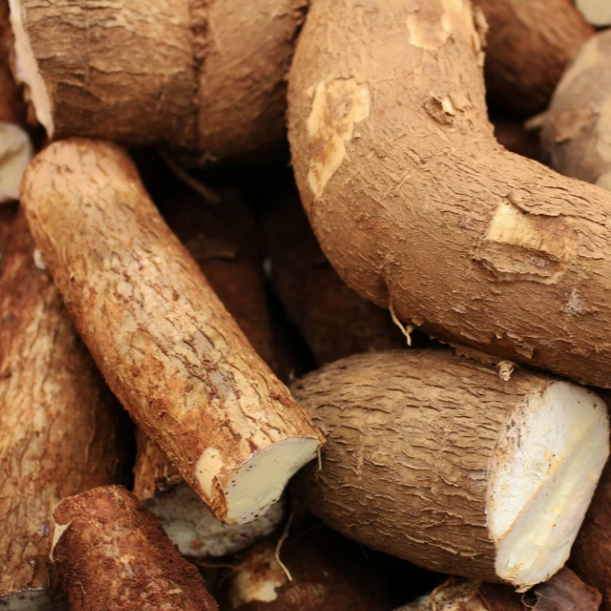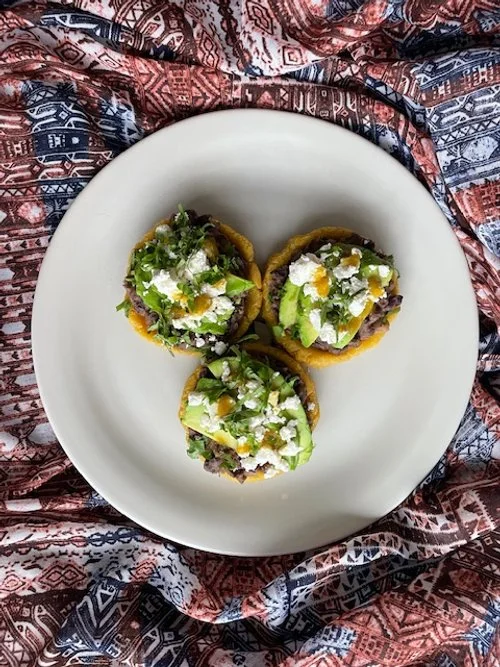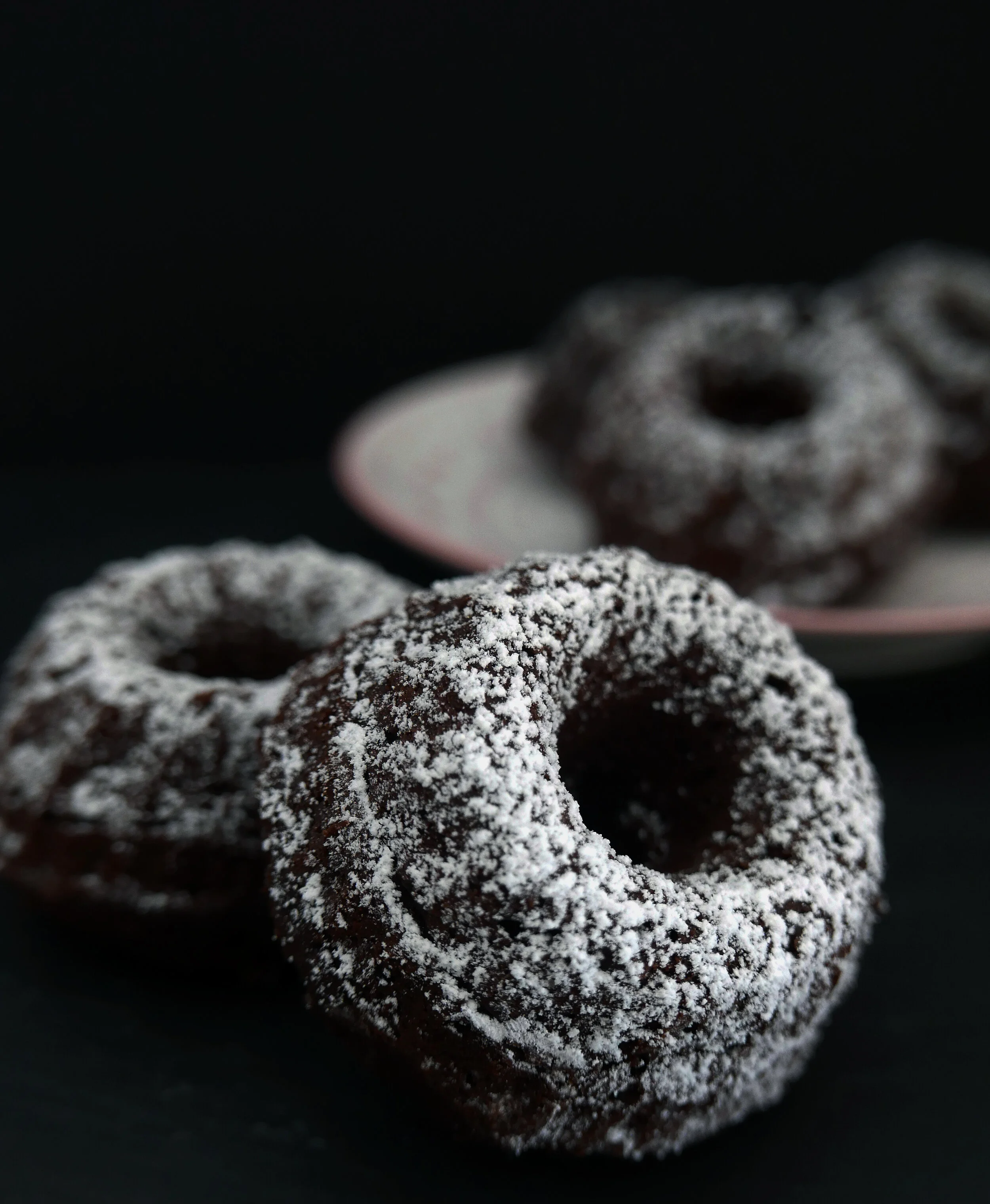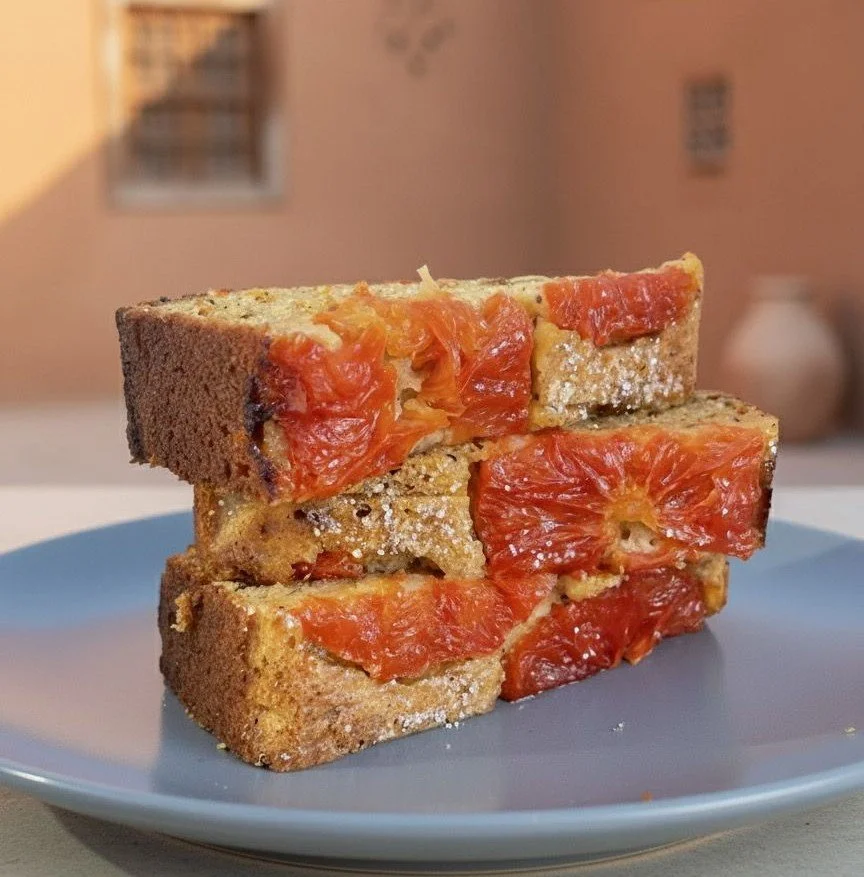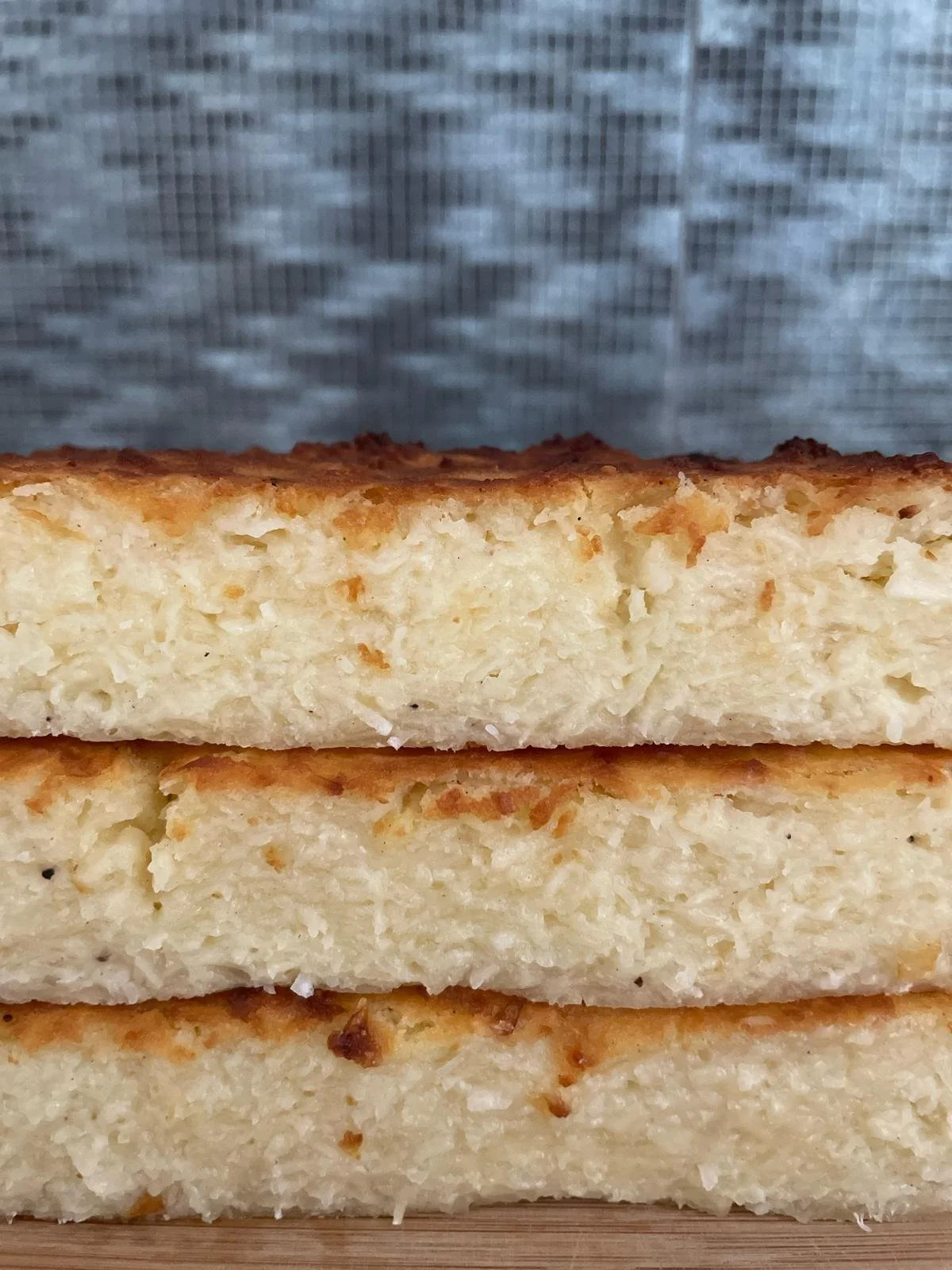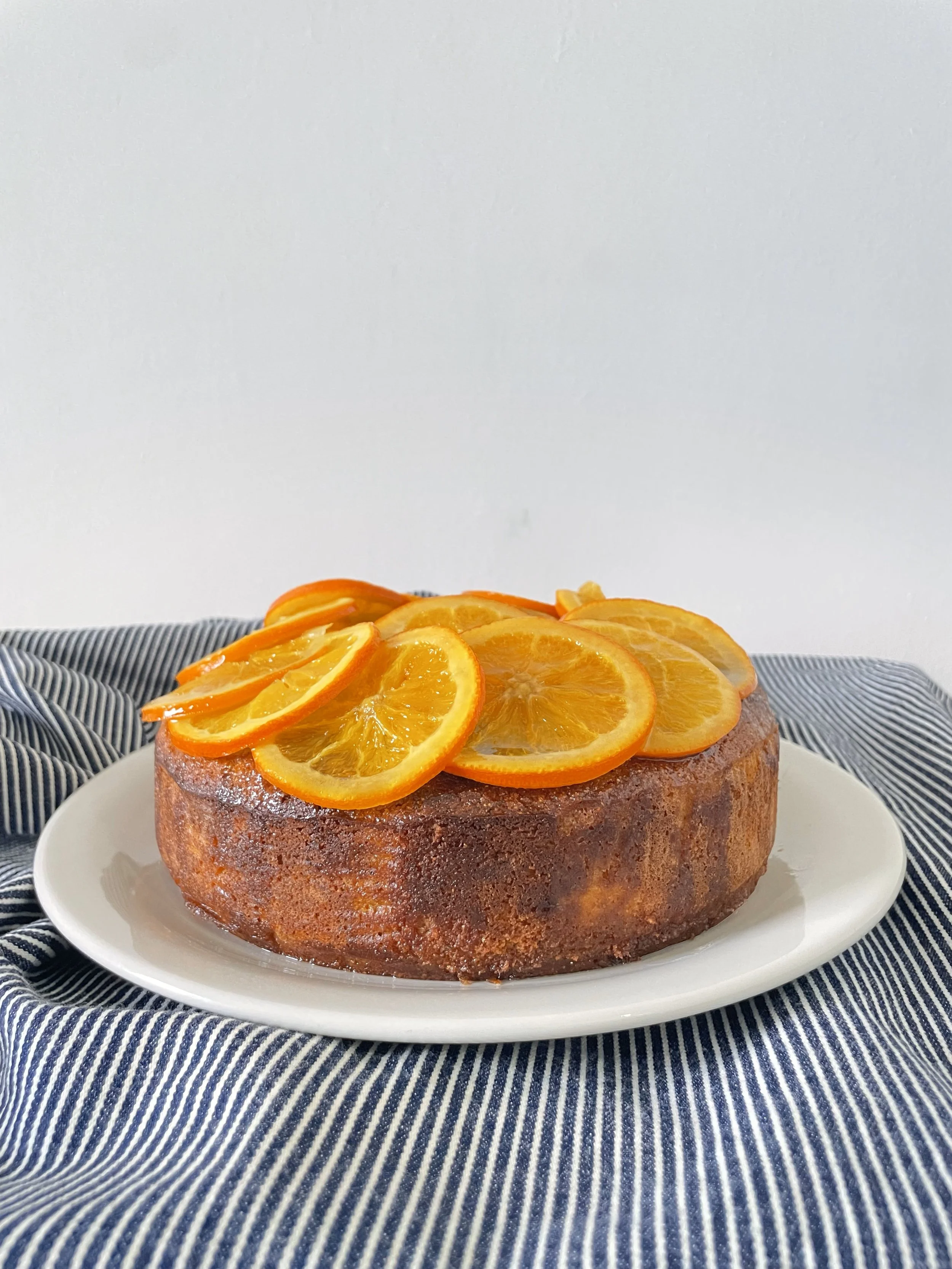explore the world through the universal language of food
Orange Marmalade Cardamom Cake
The Recipe
Makes: 1 x 20cm cake
Preparation: 15 minutes
Baking Time: 40-45 minutes
“The earliest recording of citrus can be found in Chinese literature dating around 314BC”
Oranges are an extremely vitamin-rich fruit that can be used in many cooking applications.
The earliest recording of citrus can be found in Chinese literature dating around 314BC. From Asia, the Arabs were influential in the journey of oranges through the Mediterranean in the 7th Century.
Christopher Colombus was most likely responsible for transporting one of the first orange seed trees to the United States, the second-largest producer of oranges in the world.
The sweet orange we know today is actually a hybrid of pomelo and mandarin and is the most common citrus available all around the world.
I have used some Egyptian oranges in this month’s recipe that calls for one of my favourite and unique spices – cardamom. The bottom of the cake layered with wheels of orange and buttered marmalade ends up being the decorative top of the cake.
All that is needed is a good scoop of thick double cream.
INGREDIENTS
Topping
2 oranges (cut the ends off and slice into 3mm wheels)
100g fine-cut citrus marmalade
50mls water
20g brown sugar
30g salted butter
Cake
200g unsalted butter
200g white caster sugar
4 medium eggs
1 tsp good vanilla paste
2 oranges zest and juice
80g yoghurt
2tsp baking powder
200g plain flour
100g nut flour (almond or hazelnut works)
½ tsp fine sea salt
2tsp cardamom powder
METHOD
1) Heat the marmalade, water and sugar over medium heat, stirring occasionally
2) When it reduces slightly, add the butter and stir in until melted and combined.
3) Turn off the heat and set aside
1) Preheat the oven to 170°C
2) Grease and line a 20cm springform cake pan
3) Beat the sugar and butter together until light and fluffy
4) Add in the eggs one at a time and then the vanilla paste
5) Mix the juice and zest of oranges with the yoghurt
6) Sift the flour, baking powder and salt in a medium bowl, add the nut flour
7) Add ½ of the dry mixture to the sugar and egg mixture, and mix until just
combined.
8) Then add the yoghurt, juice, and zest mix.
9) Finally finish up with the dry mixture, stirring until all ingredients are incorporated
10) Pour the topping mixture into the lined cake tin and layer the slices of oranges to cover the entire base.
11) Lastly, add the cake batter and tap lightly to even it out.
12) Place in the oven and bake for 40-45 minutes.
Allow to cool slightly before turning out the cake onto a plate.
Admire the bottom of the cake which is now the decorative top! Cut a generous slice and enjoy.
Chocolate & Yoghurt Mini Bundt Cakes
The Recipe
Makes: 12 small Bundt cakes
Preparation: 20 minutes
Baking Time: 10-12 minutes
Bundt tins were inspired by the shape of a raisin and almond-yeasted bread known as ‘Kugekhopf’ that is found in Germany, Austria, Alsace & Switzerland. They are a recent invention around the 1950s by David Dalquist, a metallurgist based in Minnesota.
So I dropped into a bargain discount store, as I do, to see if anything for the kitchen would catch my eye, and stumbled upon a mini Bundt baking tin. As soon as I see bundt cakes I think of the most delicious bundt/tea cakes at Ottolenghi when I lived in London (I absolutely love all their bakery treats). Unfortunately, they are a rare sight in Singapore and bakeries usually have mini cakes in the form of muffins or mini loaves.
Bundt tins were inspired by the shape of a raisin and almond yeasted bread known as ‘Kugekhopf’ that is found in Germany, Austria, Alsace & Switzerland. They are a recent invention around the 1950s by David Dalquist, a metallurgist based in Minnesota.
A Bundt cake today doesn’t really follow a specific recipe. It is simply baked in a bundt tin and because of the hole in the middle, cooks faster than regular cakes and results in a more dense texture.
As with all baking recipes, the timing and texture of the cake will depend on the oven and how much moisture the flour and cocoa will absorb. I recommend using your gut instinct and add a little more liquid if the cake batter is a little too thick.
INGREDIENTS
80g unsalted butter
150g brown sugar
1 medium egg
100g melted dark chocolate.
1/2 tsp baking powder
1/2 tsp cinnamon powder
1/4 tsp bicarbonate soda
1/4 tsp fine sea salt
40g cocoa
170g plain flour
150g Greek yoghurt
METHOD
Preheat the oven to 170’C
In an electric mixer, beat butter and sugar together until nice and fluffy
Sieve the flour, cocoa, cinnamon, salt, baking powder and baking soda into a bowl
Add in the egg and a little bit of flour to bind the eggs and sugar
Incorporate the melted chocolate
Turn the electric mixer to low and add a half the flour/cocoa mixture and half the yoghurt. Allow the batter to be combined then add the rest of the yoghurt and finish up with the flour/cocoa mixture.
The mixture will be slightly firmer than a regular cake batter, if needed you can add a little more yoghurt.
Place into a plastic bag and cut off the tip. Pipe into a well-greased bundt tin or muffin tin about 3/4 full.
Bake for 10-12 minutes and allow to cool slightly before turning out onto a cake rack
Allow the cakes to cool completely sifting over some snowy white icing sugar.
CHOCOLATE PECAN BABKA WITH MAPLE GLAZE
The Recipe
Makes: 1 medium loaf
Preparation: overnight proofing
Baking Time: 30-40 minutes
The traditional babka, meaning “Little Grandmother” is an Eastern European bread that is dense, rich and light all at the same time. Swirled with chocolate, nuts and cinnamon – this was only a version that seemed to develop mid-century by the American Jews.
Babka is not the easiest bread to make but it is also not the most difficult. It takes a bit of time and patience, a lot of love but the benefits and joys of munching down on this nutty, dense, chocolatey bread is worth it.
A sweet, yeasted bread that finds its origins in Eastern Europe, developed by the Ashkenazi Jews in Poland, Ukraine, Russia, and Lithuania. This Jewish community has a very coloured history with ancestral routes tied to Germany and Austria. It is a bread that is traditionally served on special occasions such as the Jewish Sabbath (Shabbat) or holidays and represents good fortune and prosperity.
It can be found throughout the year in Jewish bakeries around the world and there are many variations of babka that exist today, yet the original recipe was either a plain or nut-filled dough that was braided and then baked into a tall cylindrical shape.
This chocolate version is messy and extremely delicious and I hope you have fun making it!
THE INGREDIENTS
BABKA DOUGH
280g plain flour
60g white sugar
7g instant yeast
150mls milk, room temperature
Zest of 1 orange
½ tsp vanilla essence
2 x medium eggs
¼ tsp salt
140g butter, cubed
Oil (for greasing)
CHOCOLATE FILLLING
120g unsalted butter, room temperature
1 tsp cinnamon
2tblsp/20g cocoa
80g brown sugar
Pinch of salt
80g semi sweet chocolate, roughly chopped or chocolate chips
80g toasted pecans, roughly chopped.
GLAZE
50g maple syrup
10g butter
THE METHOD
The Day Before
Mix milk with vanilla, salt, and eggs
Place the sugar, yeast, zest, and flour in a mixing bowl with a paddle attachment
Add milk mixture to the flour until combined
Switch to a dough hook and then start adding the butter, bit by bit until all is incorporated.
Mix for about 5-8 minutes until the dough is nice and smooth
Place in a well-oiled bowl and cover with cling film and allow the dough to rise and double in size then place in the refrigerator overnight so it can work its magic
The Next Day
Turn the dough out onto a well-floured surface and roll it out into a rectangle 25cm width x 40cm length
For the chocolate filling, mix cinnamon, sugar, cocoa, and butter together until combined.
Have it on stand-by for when the dough is ready to be rolled.
Spread the chocolate mixture over the surface of the dough, leaving about a 1.5cm edge all aroundRoll the dough lengthwise to form a 25cm cylinder. Place in the fridge for about 10-15minutes to firm up (you will thank me for this later)
Take out the dough and with a sharp knife, cut it in half so you have long strips
Braid the two pieces of dough over each other so they are nicely twisted firmly together
Place into a greased and lined loaf tin (about 20cm in length), cover with a damp cloth, and allow to rise for 30-40 minutes. For the maple glaze, heat the ingredients at a low temperature until the butter is just melted.Preheat the oven to 190’C and bake the babka for 30-40 minutes until well risen and golden.
Allow the bread to cool slightly before turning it out and brush the babka while still warm with the maple glaze



